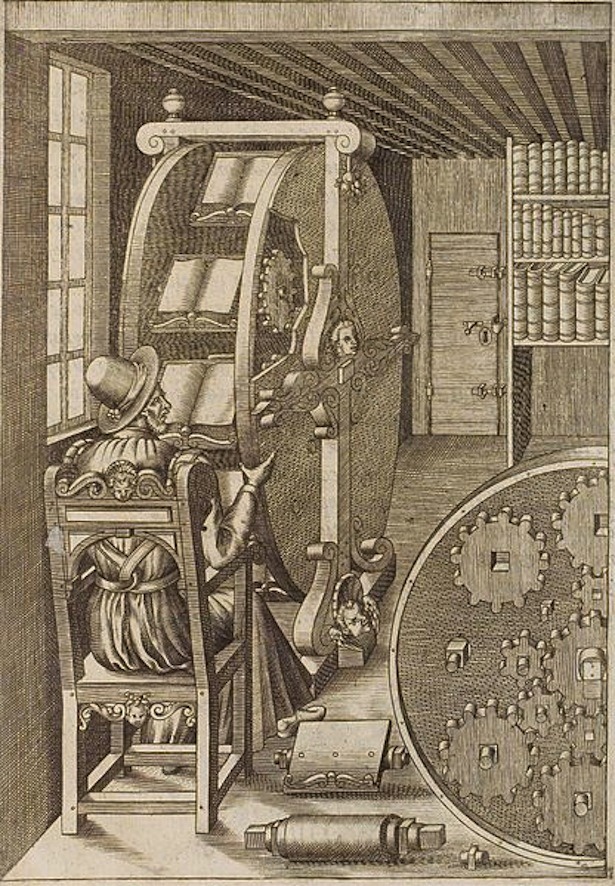The question “what is art?” has not been answered so much as exponentially dismantled in the past 100 years, such that, at present, it’s more or less meaningless to assert that some higher aesthetic realm exists apart from the splash and topicality of street art, product design, or advertising. Museums find themselves not so much curators of high culture as interpreters of what’s happening now, including such “low” arts as, say, graffiti, hip hop, rock photography, and, most recently, video games.
Which brings us to the Museum of Modern Art’s video game exhibit opening this Friday. Does the idea make you gasp? Well, according to MoMA Senior Curator Paola Antonelli in the video above, you are “in a dramatic minority… out of space and out of time.” Is she for real? It really doesn’t matter, since the final word on what is or isn’t art rests with… well, no one, really. And that is, in my humble opinion, a salutary legacy of the modernist revolution in the arts. Maybe if everyone’s a critic these days, then everyone’s also an artist, but especially those designers and programmers who gave us such enduring classics as Pac-Man, Tetris, SimCity, and Myst, all of which have made the cut in MoMA’s exhibition.



